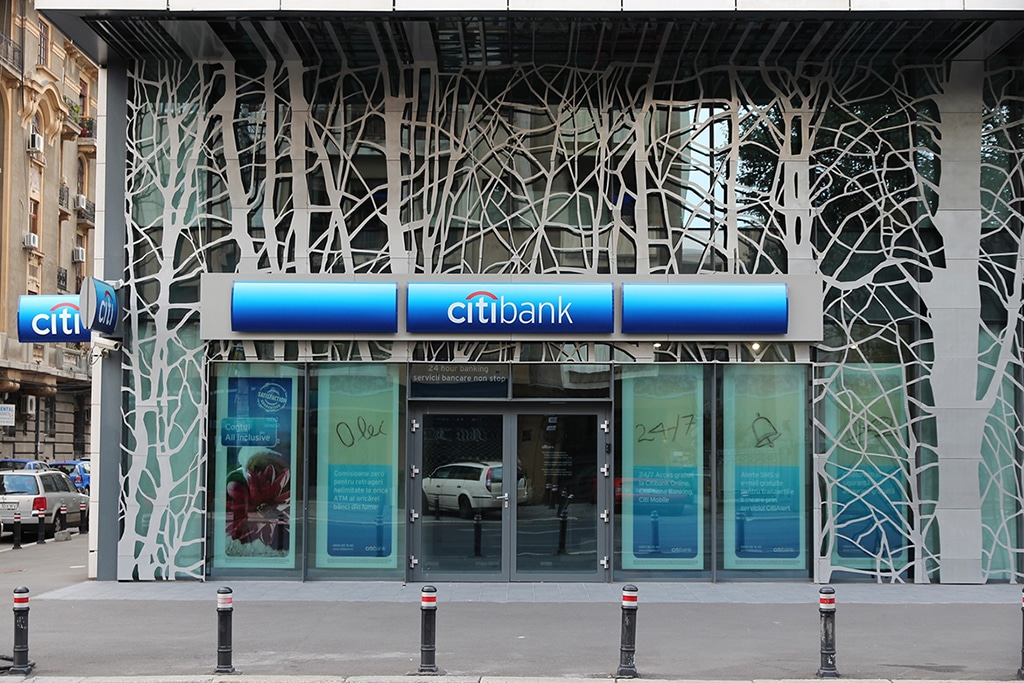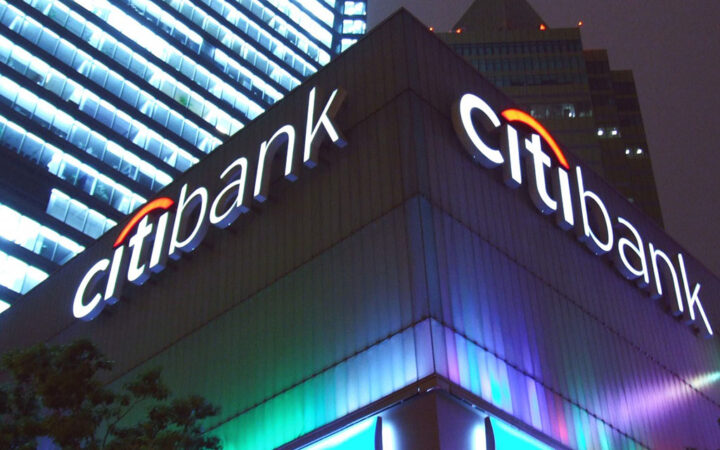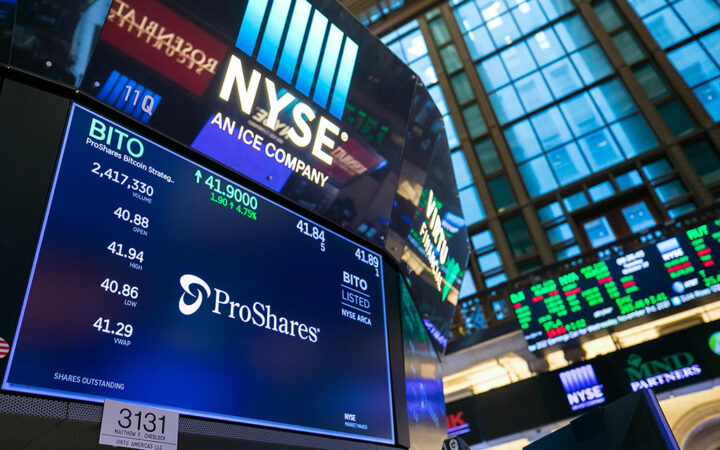
Darya is a crypto enthusiast who strongly believes in the future of blockchain. Being a hospitality professional, she is interested in finding the ways blockchain can change different industries and bring our life to a different level.
As trading operations will continue in the Nordic markets, there is a risk of monetary and reputational damage to Citi. Currently, Citigroup is in talks with regulators and exchanges about the incident.

The US banking giant Citigroup Inc (NYSE: C), or Citi, said that one of its traders had made a mistake that led to a significant flash crash in the European market. The stocks fell extremely fast, with stock market indexes plunging as well. Nordic stocks were hit the hardest. In particular, Sweden’s benchmark OMX 30 dropped by as much as 7.9 percent before recovering to close to 1.9 percent lower. In general, the regional Europe Stoxx 600 index plunged by as much as 3 percent, reaching a $315 billion loss at one point. Later, it partially recovered its losses to trade down 1.5 percent.
The banking group admitted the error in a statement on Monday evening:
“This morning one of our traders made an error when inputting a transaction. Within minutes, we identified the error and corrected it.”
According to David Augustsson, a spokesman for Nasdaq Stockholm, the first thing they did was to identify the nature of the error. He said:
“Our first priority was to exclude technical issues in our systems, and our second priority was to exclude an external attack on our systems. We have now excluded both. It is very clear to us that the cause of this move in the market is a very substantial transaction made by a market participant.”
According to Nasdaq, trading operations will continue in the Nordic markets. Therefore, there is a risk of monetary and reputational damage to Citi. Currently, Citigroup is in talks with regulators and exchanges about the incident.
A flash crash is a rapid decline in the price of assets. There are several reasons why a flash crash can happen, and both humans and computers play their part. Sometimes, software glitches can mean that market data is not effectively communicated between exchanges, which can mean inaccurate prices are applied to a security. As for human errors, a trader or fund manager unintentionally adds an extra zero to their order or makes an order at the wrong price, which is often referred to as a ‘fat-finger’ mistake. Probably, Citi has seen a flash crash as a result of a similar error.
One of the most notable flash crash examples was the 2010 flash crash of the Dow Jones Industrial Average (DJIA). The index dropped over 1000 points in just 10 minutes, which was the biggest drop of its kind on record at the time. US indices tanked by as much as 10%, some individual stocks plunged by much larger amounts. Overall, the flash crash wiped off about $1 trillion in equity.
In 2014, the “Great Treasury Flash Crash” took place. In just 12 minutes, the yield on the ten-year US Treasury bond lost and then recovered 1.6%. It was the largest decline in a single day since 2009.
Disclaimer: Coinspeaker is committed to providing unbiased and transparent reporting. This article aims to deliver accurate and timely information but should not be taken as financial or investment advice. Since market conditions can change rapidly, we encourage you to verify information on your own and consult with a professional before making any decisions based on this content.

Darya is a crypto enthusiast who strongly believes in the future of blockchain. Being a hospitality professional, she is interested in finding the ways blockchain can change different industries and bring our life to a different level.




